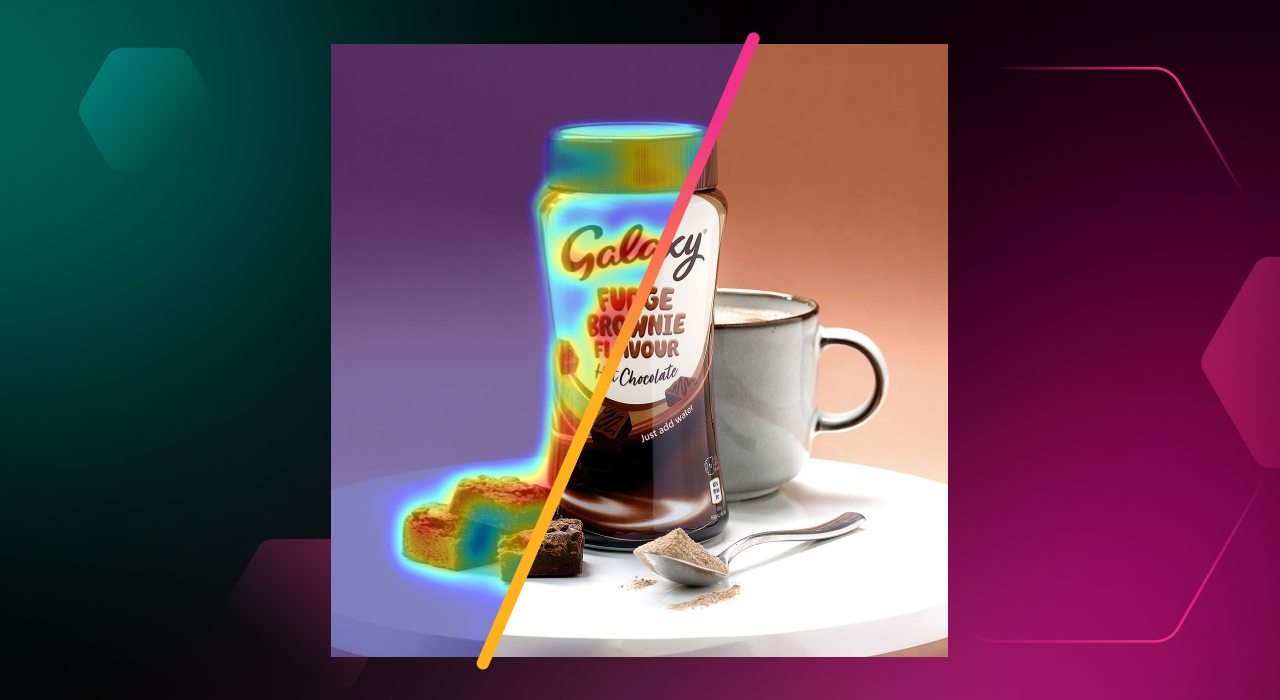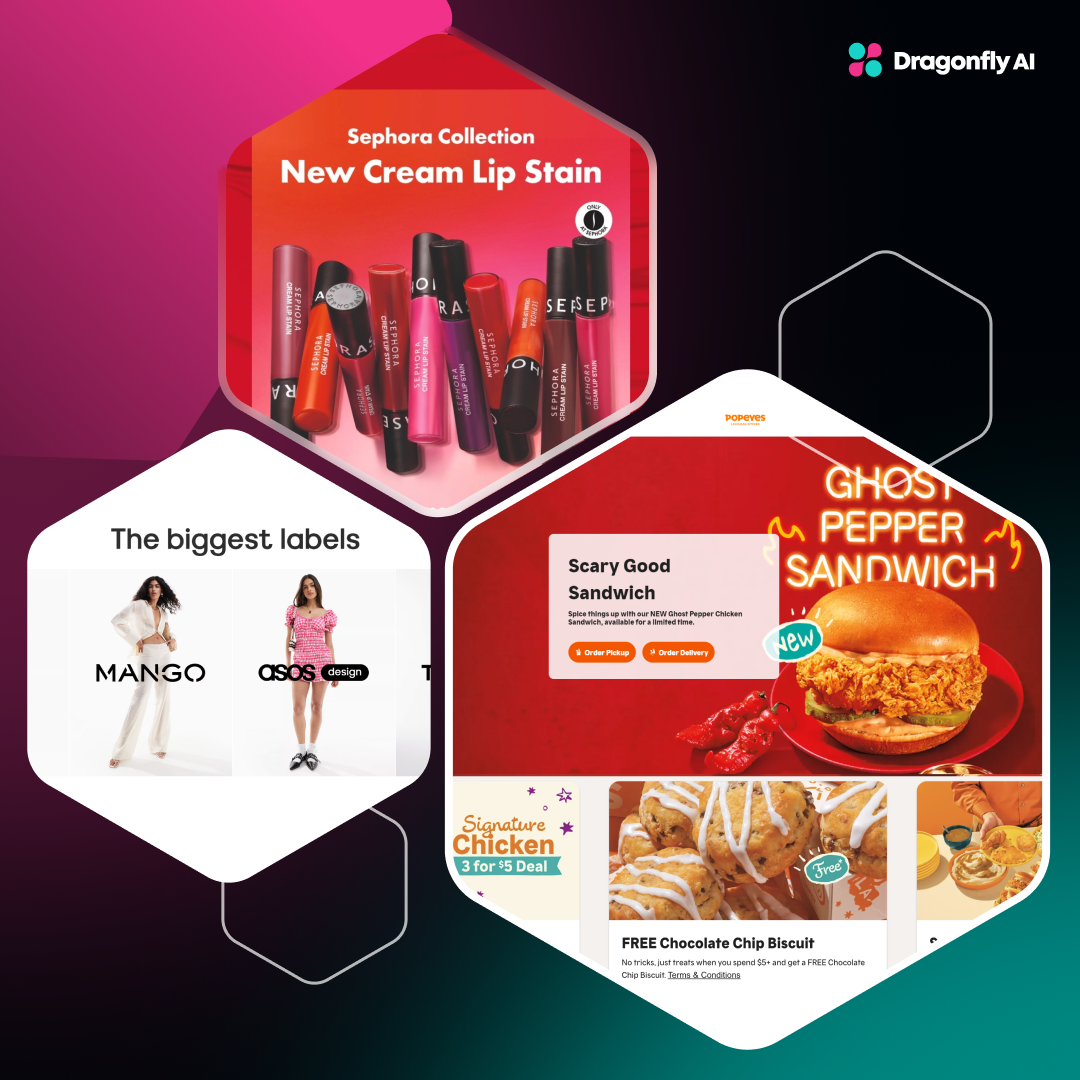Visual communication is everywhere—from the signs that guide us to the images that tell stories on social media. But what exactly is visual communication, and why is it so powerful?
In a world filled with information, visual communication helps us convey our message and emotions in easy and understandable ways. Visual elements can make the delivery of complex ideas more straightforward and engaging through graphics and colors.
Studies show that people remember 65% of information that is communicated through a visual as compared to only 10% via text alone. Even visuals on social media get 40 times more shares than content with only text.
Let’s discuss the definition of visual communication, its principles, and its impacts on our daily lives.
What Is Visual Communication?
The simple meaning of visual communication is that it is a way of sharing information through visual elements like images, graphics, videos, and symbols. The goal is to make complex information easier to understand and more engaging.
Visual communication relies on the idea that people process visuals faster than text. Neuroscientists from MIT found that our brains can interpret images in around 13 milliseconds. This speed is why visuals can grab attention and convey messages efficiently.
Think of a simple “stop” sign. Its color and design instantly convey a clear message without words. Similarly, a well-designed website or social media post uses images and colors to guide viewers' understanding and reaction on digital platforms.
Visual communication is used in many areas of life. Businesses use graphics and videos to promote products in marketing. Teachers use illustrations and diagrams to make learning fun for students. We also use emojis and images to express feelings or ideas in everyday communication.
Now that we have discussed what visual communication is, let’s discuss its key elements.
Key Elements of Visual Communication
Visual communication relies on multiple elements to convey messages efficiently. Understanding these elements can help you create clear and more engaging visuals. The key elements include:
- Images: Photographs and illustrations that convey ideas and emotions.
- Colors: Used to evoke specific emotions and set the tone.
- Icons and Symbols: Simplify information into easily recognizable visuals.
- Typography: The style and arrangement of text affecting readability and perception.
- Infographics: Combine text and visuals to explain concepts or tell stories succinctly.
Why Does Visual Communication Matter?
Visual communication matters because it makes information easier to understand and remember. Med Tech Intelligence report mentions that our brain can process visuals sixty thousand times faster than text. Another study backs this claim and shows that people can remember up to 80% of visual information as compared to only 20% of what they read. This makes visuals a reliable way to capture attention and enhance memory.
Here is why visual communication is important:
- Psychological impact: Visual communication connects with people in ways that words alone often cannot. One reason for this is its impact on our emotions. Colors, images, and symbols can excite, calm, or inspire us. For example, a bright color might capture our attention instantly. A simple image can also instantly convey a powerful story.

- Better Comprehension: Visuals simplify complex information so the audience can easily understand and process it. Research by SSRN mentions that 65% of people are visual learners. This means that they can understand information better when it is presented visually.
- Increase Engagement: Visual content is more engaging than text alone. Statistics show that images receive 94% more views than content without images. Even tweets with visuals get 150% more retweets than ones with text only. This shows that visuals are a major driver of social media engagement.
- Cognitive efficiency: Visuals also help us understand and remember information better. This is why infographics and diagrams are often easier to understand than text. Dr John Medina states that our brains can retain 65% of visual information. This means that we are more likely to remember messages shared through images.
Given this, visual communication can influence consumer behavior and improve user experience. Businesses can also use visual elements to strategically improve their brand engagement and conversion rates.
The Role of Visual Communication in Marketing and Design
Visual communication is important in marketing and design. It can help brands connect with their audience and communicate their message. Here are some ways visual communication helps in marketing and design:
- Brand Recognition: Consistent brand visuals, such as a logo or design, can make it easy for the audience to recognize your brand. Strong visual branding can also help set the brand apart and create a lasting impression.
- Emotional Appeal: Visuals can convey emotions and messages faster than words. For example, Marketers can use different colors and design elements that evoke certain feelings for their product or marketing to resonate with the audience.
- Clear Messaging: Visuals help convey the message or ideas in a simple and digestible manner. Infographics and diagrams can make the message clear for audiences to understand and remember.
- Social Media Engagement: Social platforms rely on visuals to capture attention. Posts with images or videos get higher engagement than posts with only text since people are more likely to interact with engaging visuals.
- Advertising Impact: Ads with strong visual elements tend to perform better. Statistics show that Instagram video ads receive 3x more engagement. This is because the visuals make the product or service more appealing. This is why most companies prefer visual or digital banners; they work better and make the ad memorable.
Visual Communication and User Experience (UX)
Visual communication is the main part of the user experience. It can help users understand digital products like websites or apps more easily. Good visual communication in UX design ensures that users can quickly find what they are looking for without confusion or frustration. Clear visuals like icons or buttons can also guide users through actions and make information more accessible.

For example, a well-designed layout with intuitive symbols can lead users to important features, and readable fonts make content easier to consume. Colors and contrast also play a role. They help highlight buttons and links to make the design more interactive and user-friendly. The visual hierarchy that determines the arrangement of design elements in order of importance can also help highlight important information so users can focus on key actions, like completing a purchase or signing up.
By thoughtfully using visual elements, UX designers create a smooth and enjoyable experience. This leads to satisfied users who are more likely to return, boosting engagement and building brand loyalty.
How AI Enhances Visual Communication
AI is transforming visual communication by making it faster and more efficient. Designers and marketers can now create more personalized and engaging visuals with AI.
For example, tools like DragonflyAI can help analyze how people are likely to view visual content on your website. This can help brands optimize their designs for maximum impact and predict where viewers will most likely focus their attention in a visual. The tool uses AI to analyze content and offers insights on optimizing layouts, images, and color placements to increase engagement. Dragonfly AI is especially useful for marketers looking to enhance the effectiveness of their visuals.

AI can also speed up the design process with photo editing and background removal features. This will save time and lead to consistency across different platforms. Additionally, AI analytics can measure how well visuals are performing. This can help brands understand what works best and make quick adjustments.
AI improves not just how content looks. It also makes visuals more targeted and effective, resulting in better engagement and a stronger impact.
Enhance Your Visuals with AI-Powered Insights from Dragonfly AI!
Visual communication is a powerful tool that shapes how we understand and engage with information. From marketing and design to enhancing user experiences, it plays an important role in making messages clear and memorable.
Want to improve your visual communication? Dragonfly AI analyzes how your audience interacts with your content to help you create more engaging and targeted visuals.
Whether you are designing marketing materials or improving branding, Dragonfly AI offers valuable insights that can boost your results. Book a demo today to get started and see the difference AI can make!





